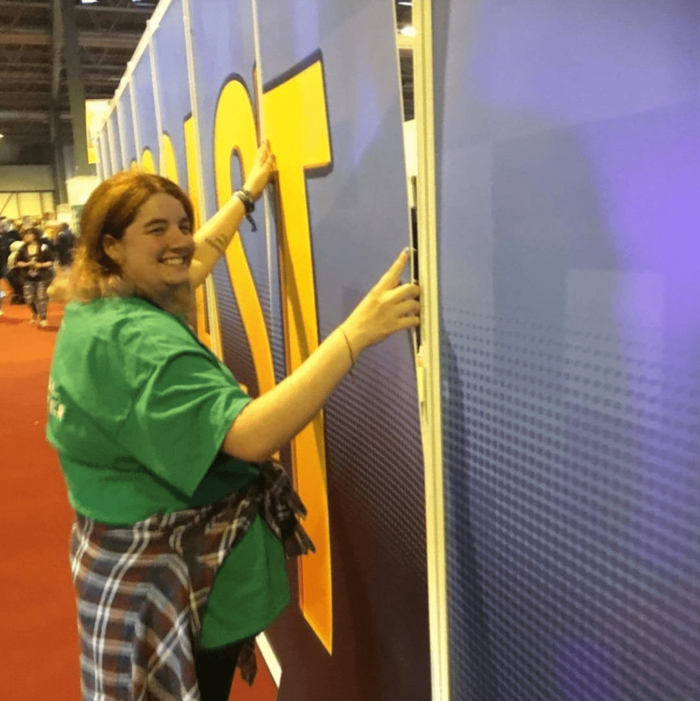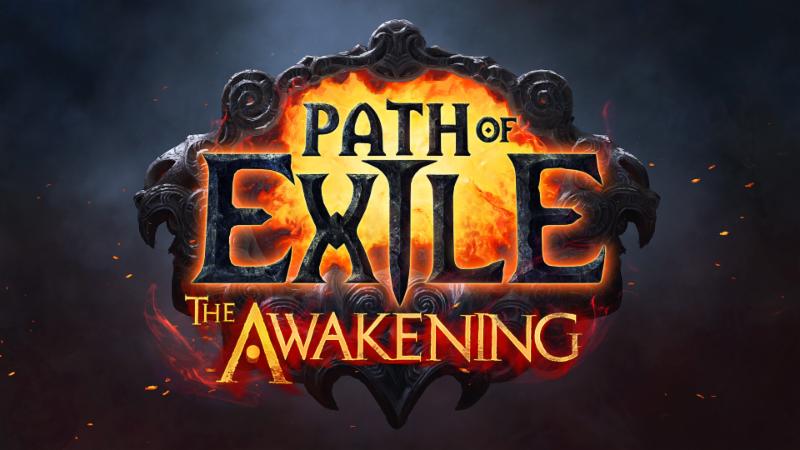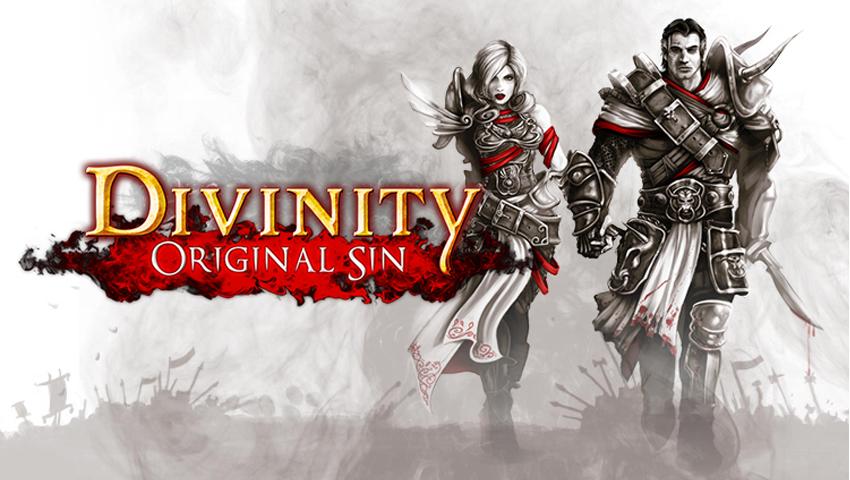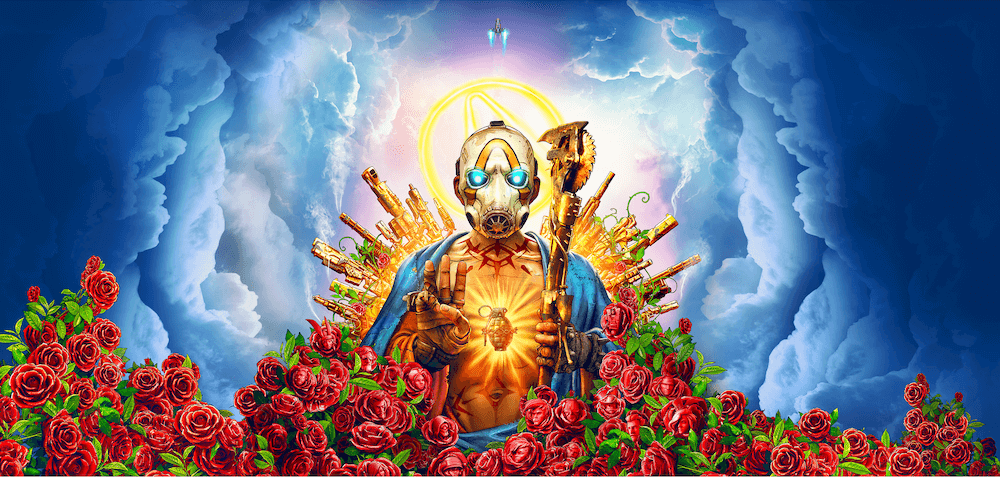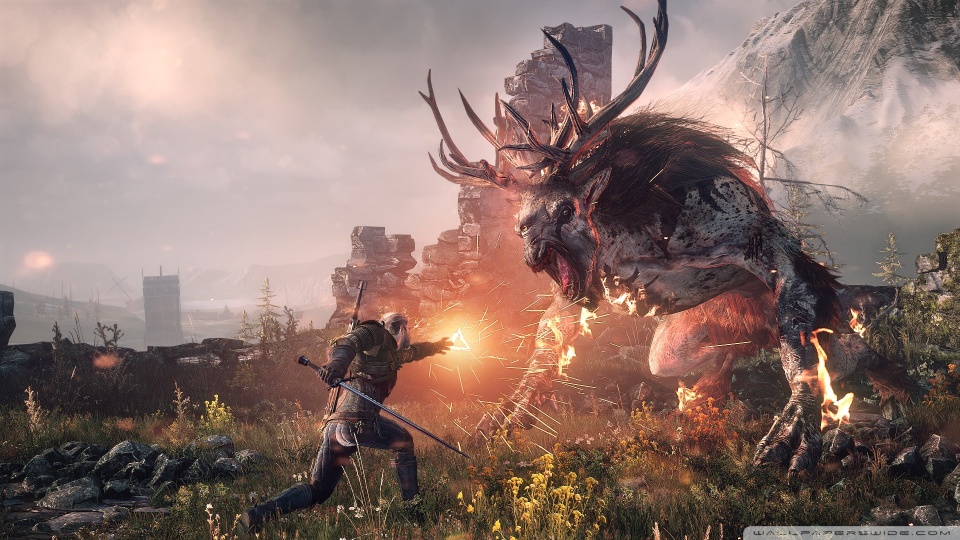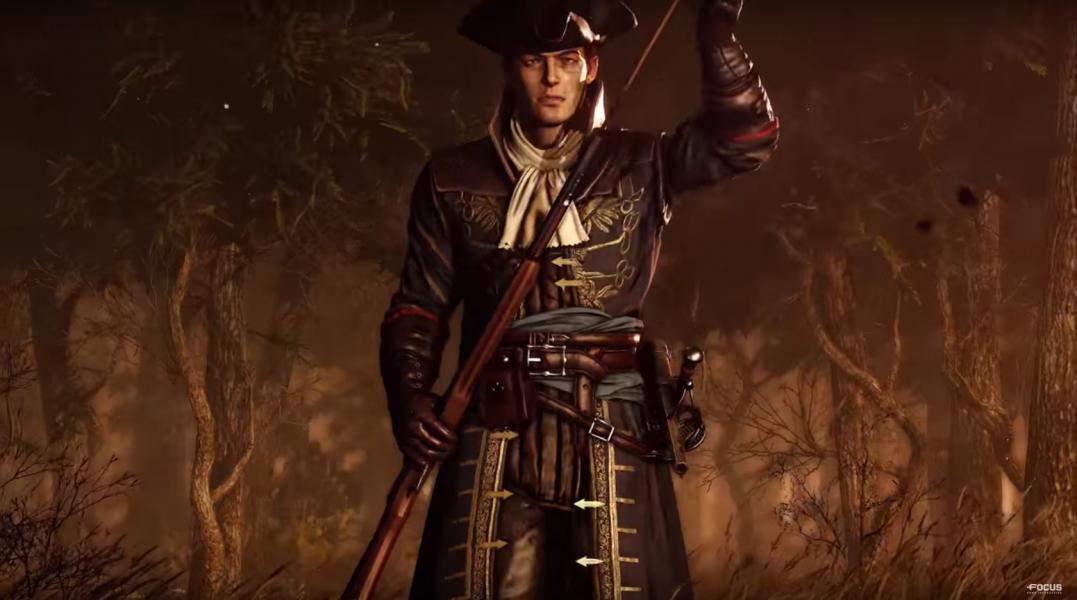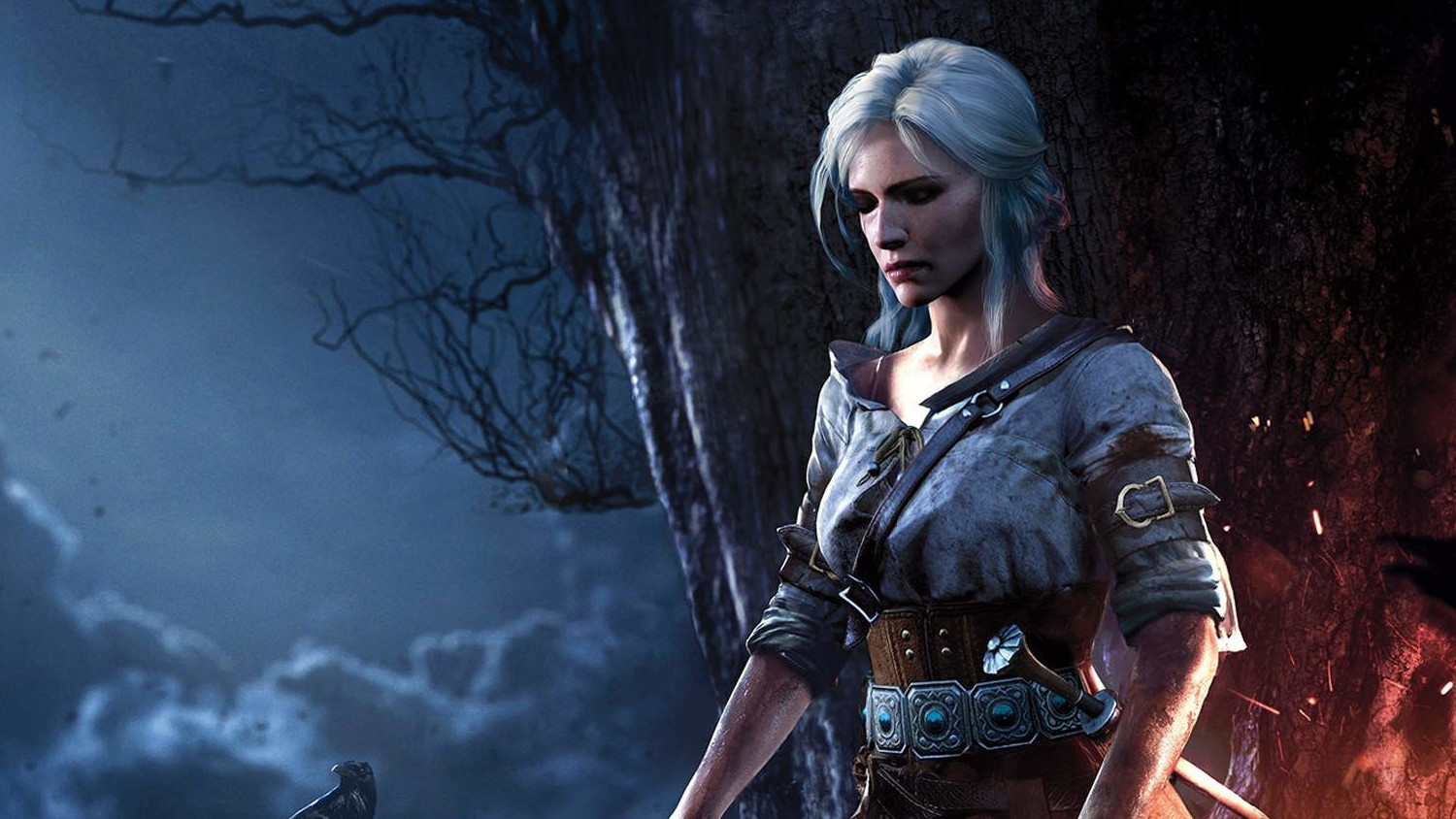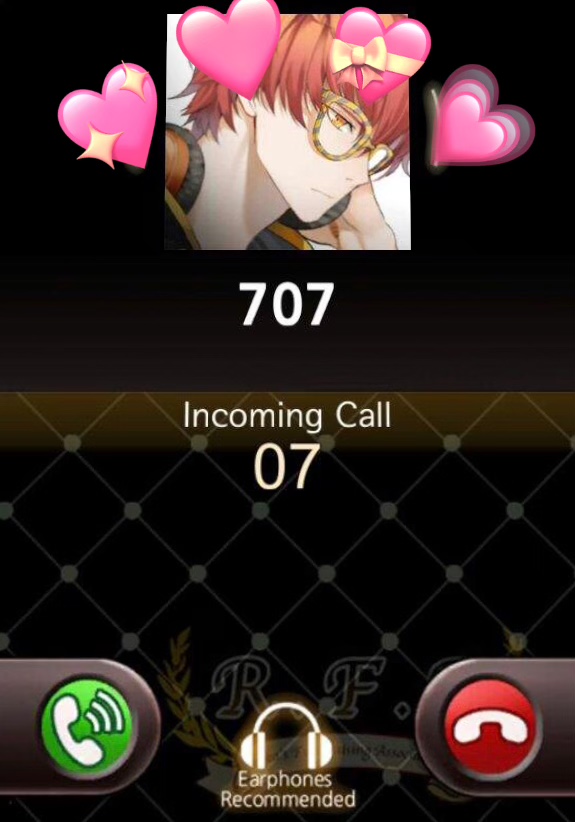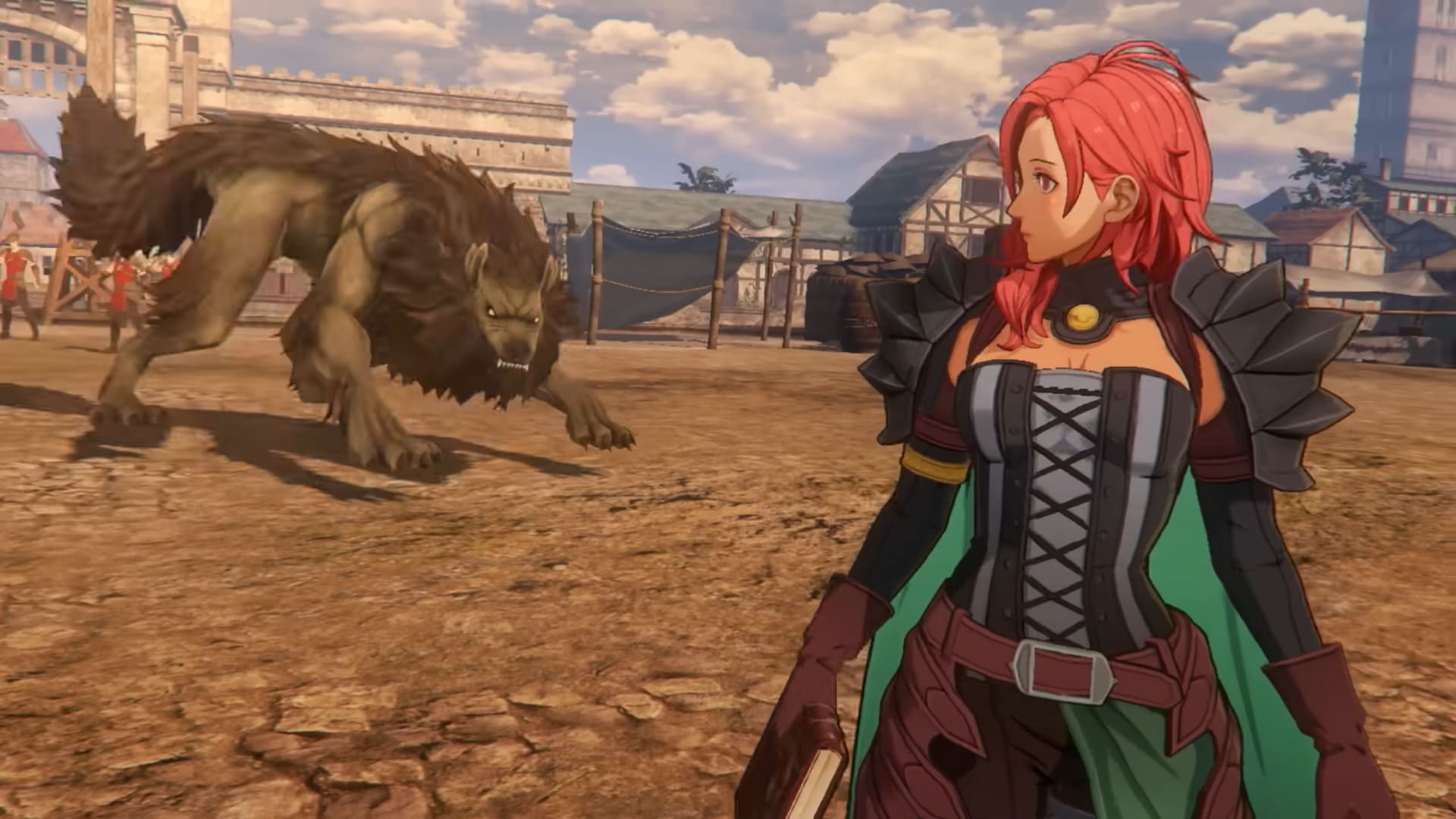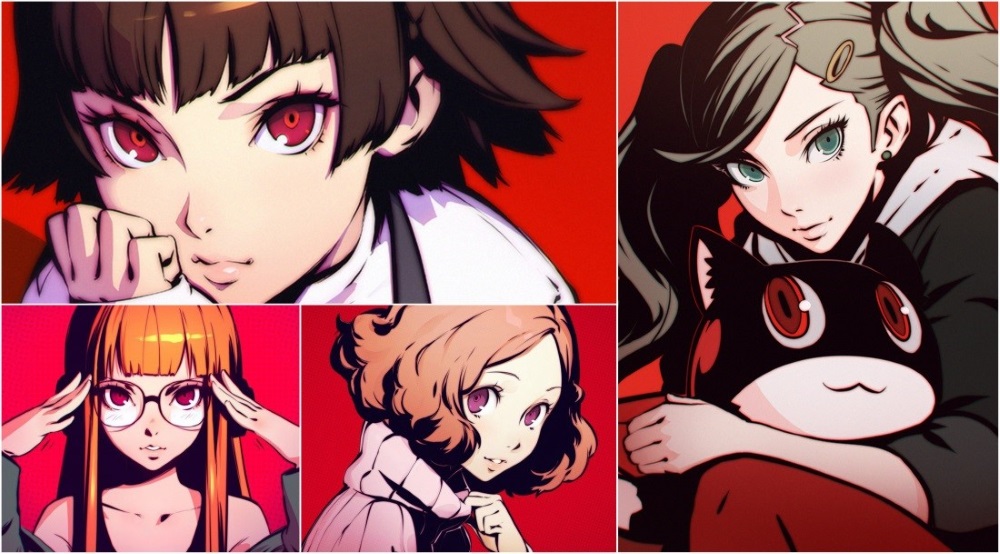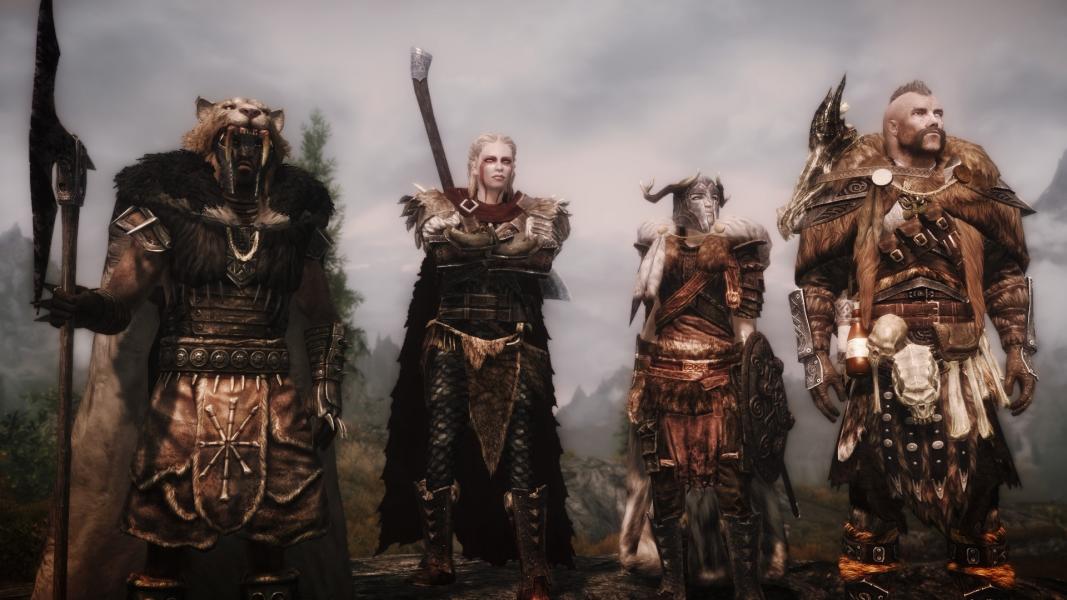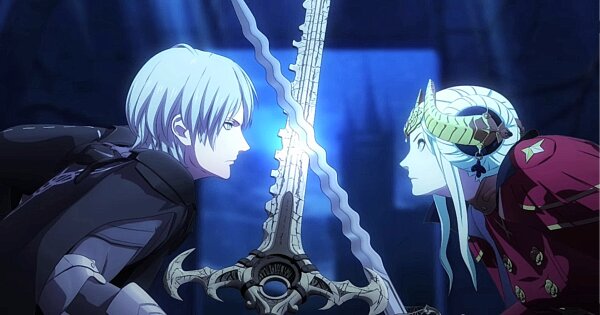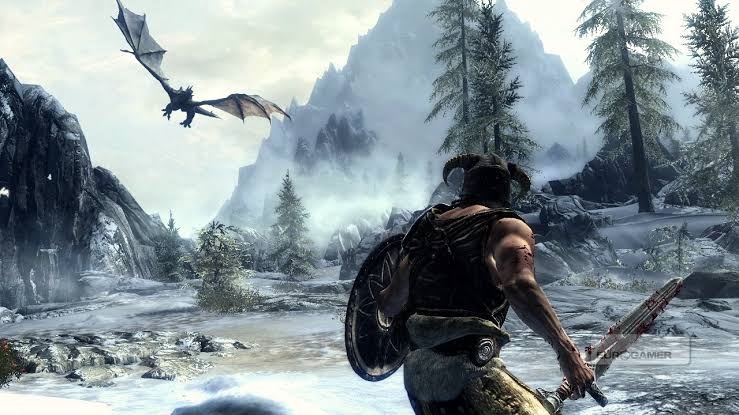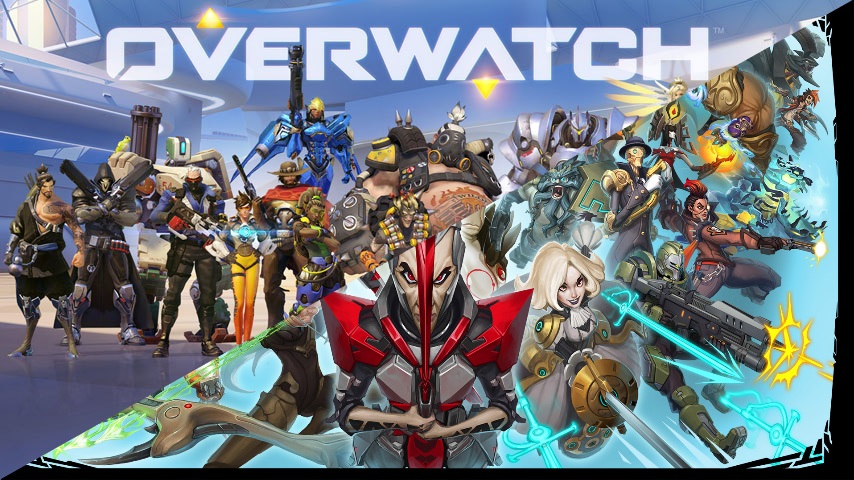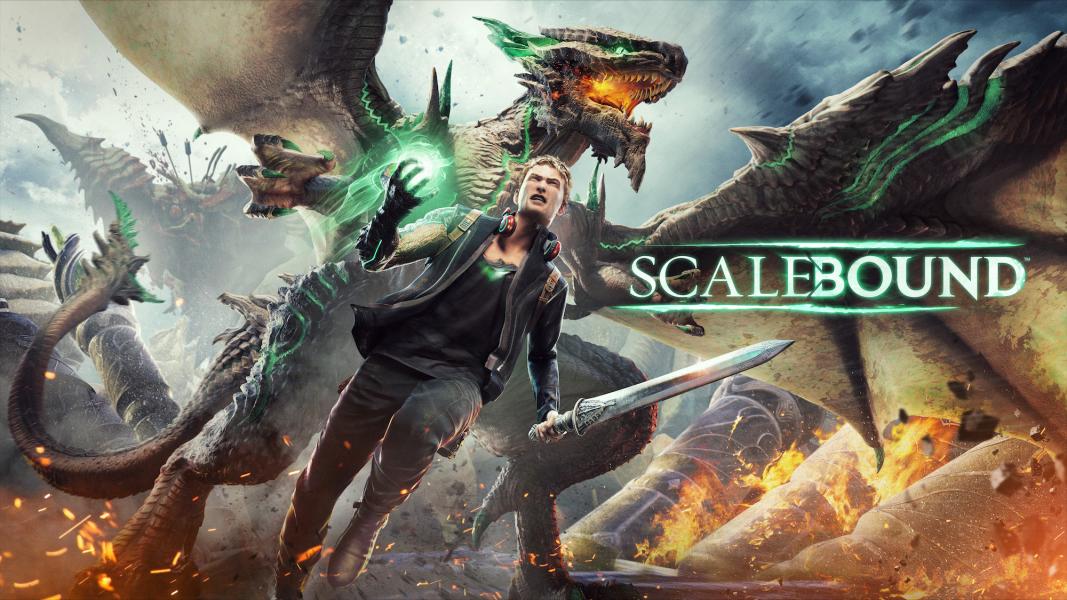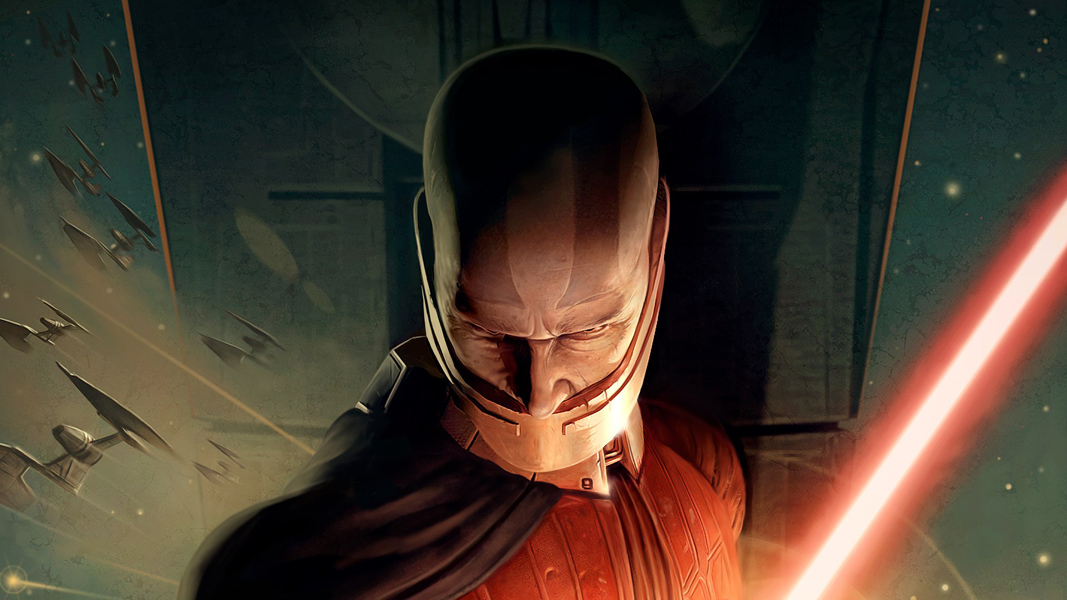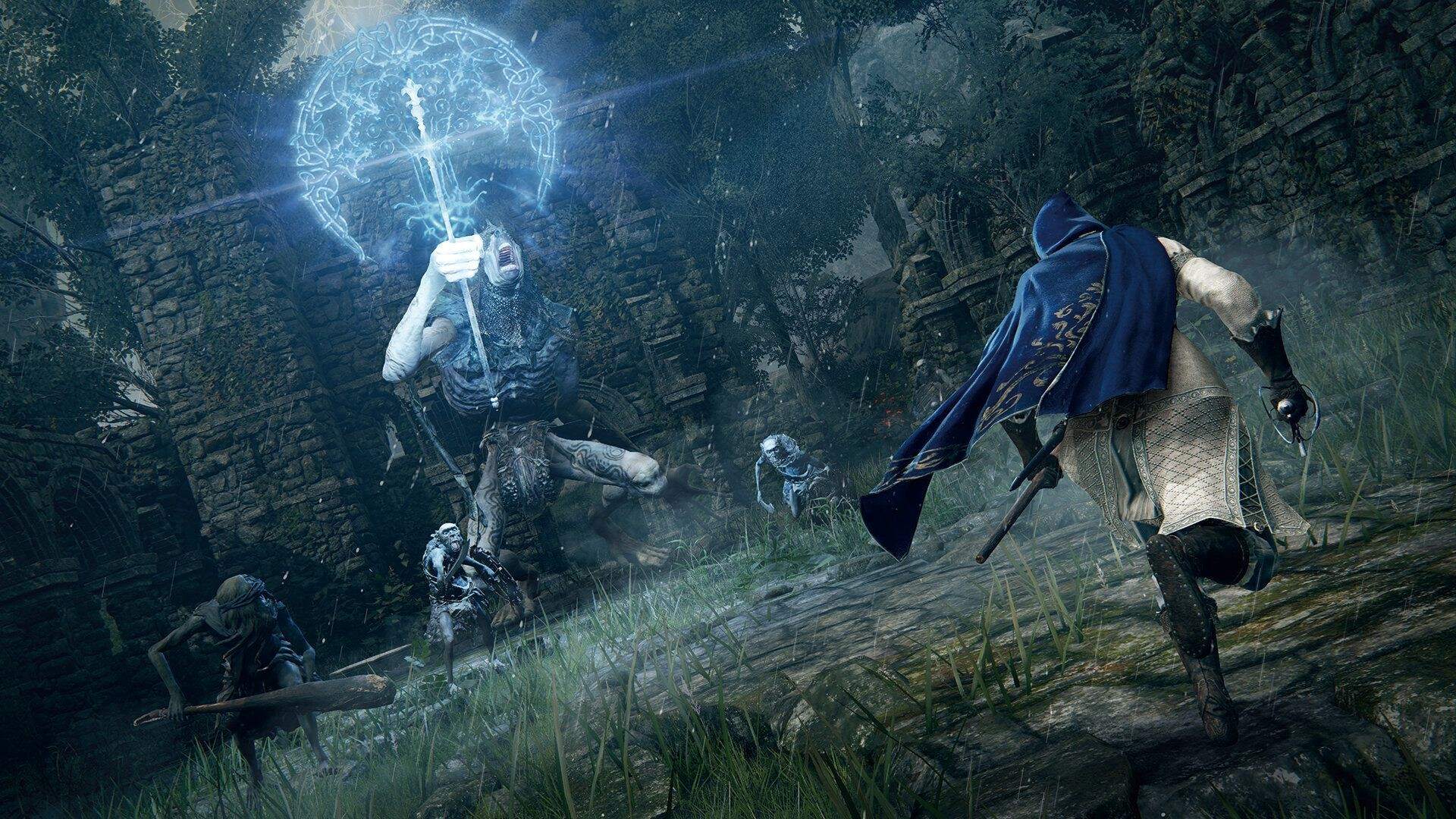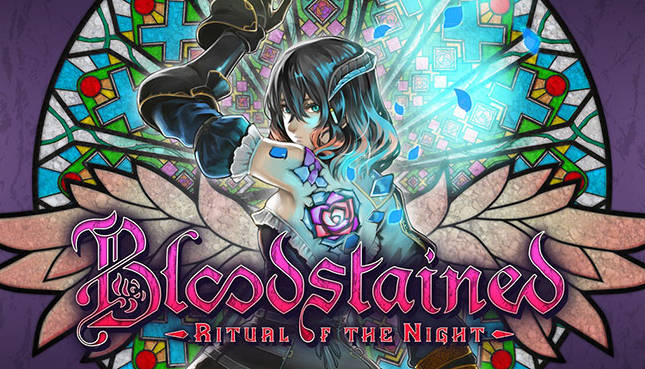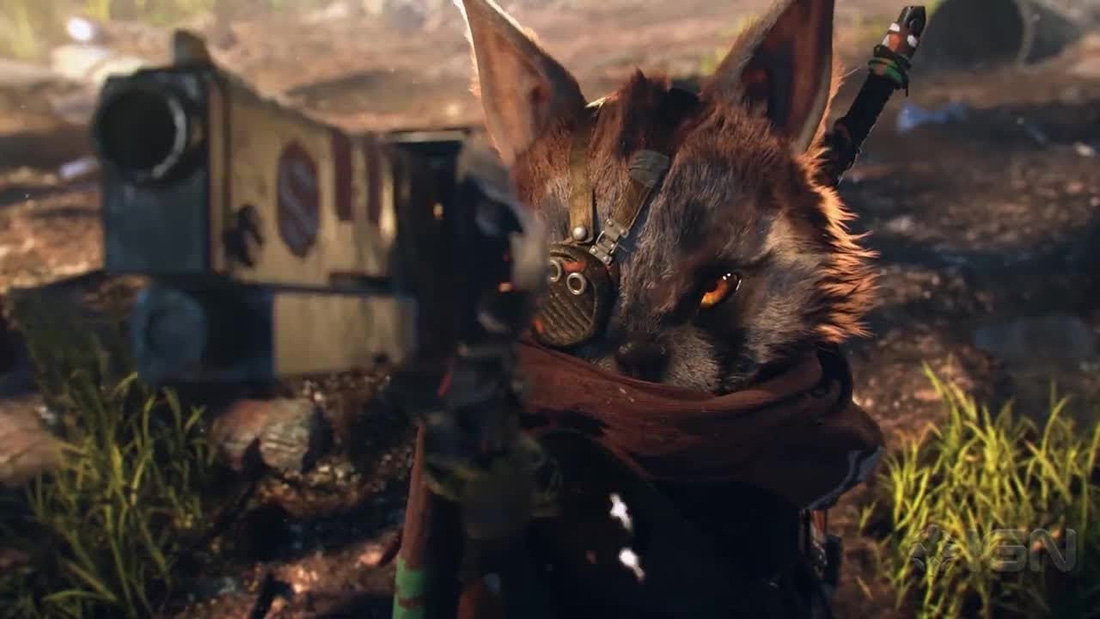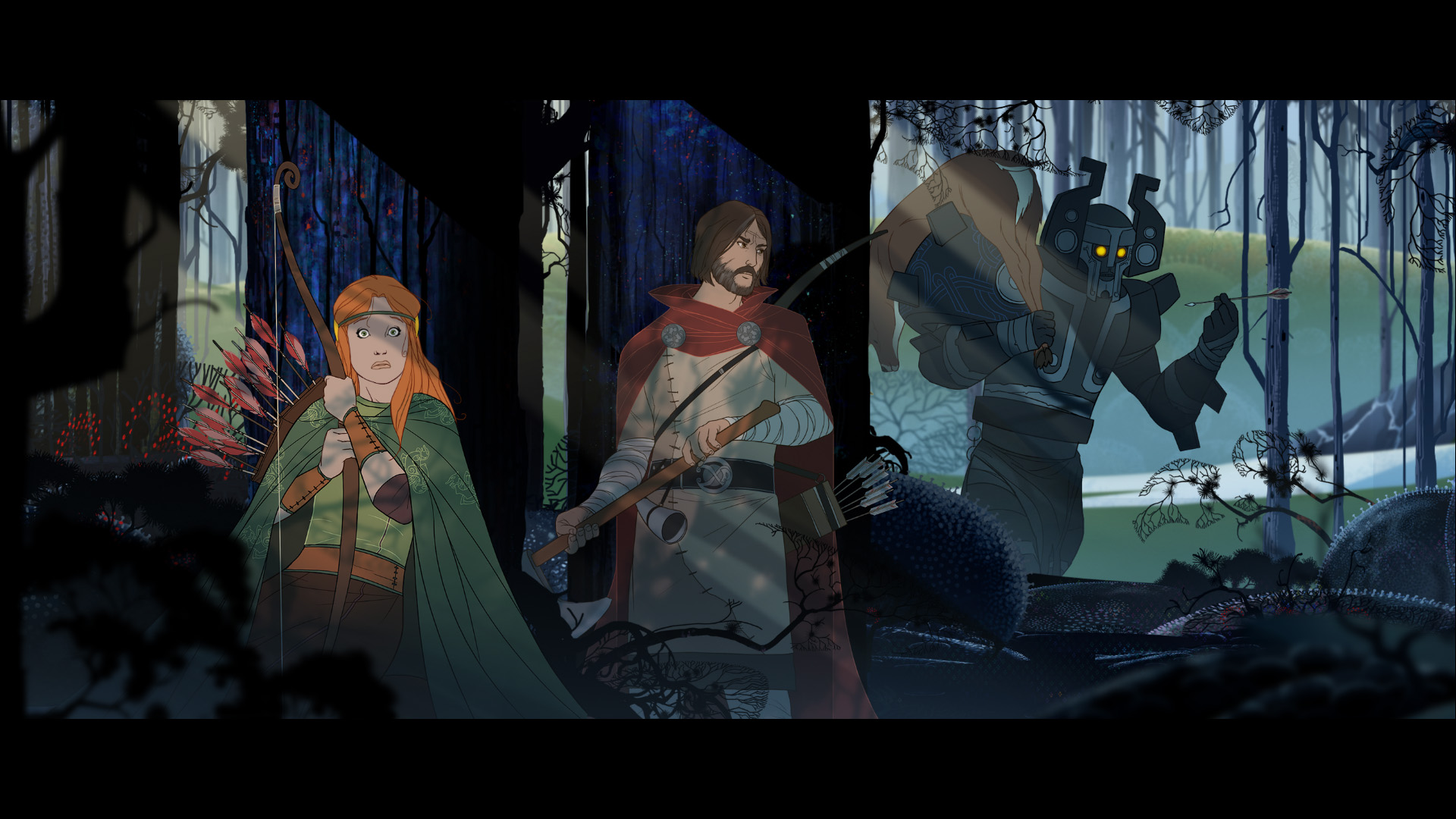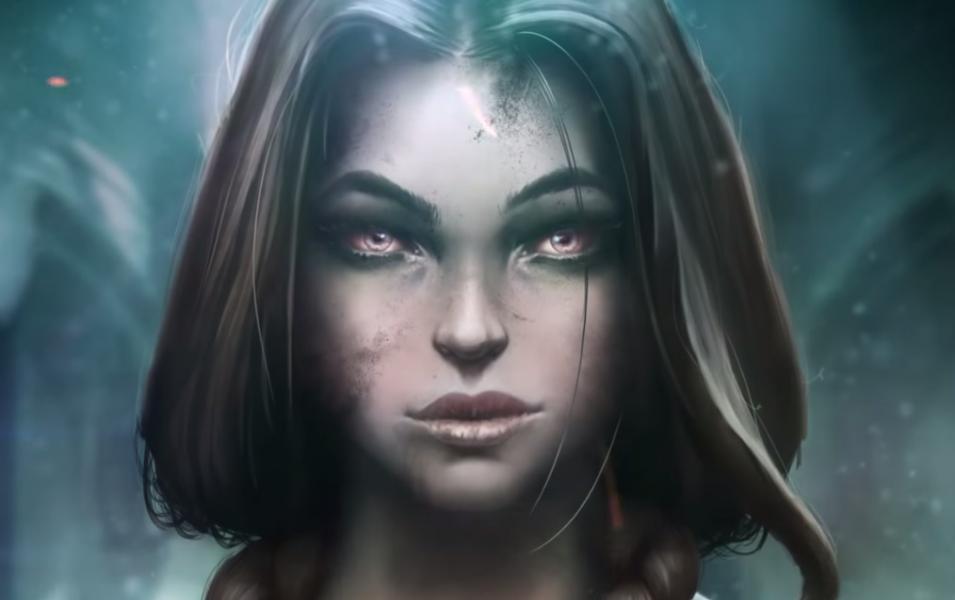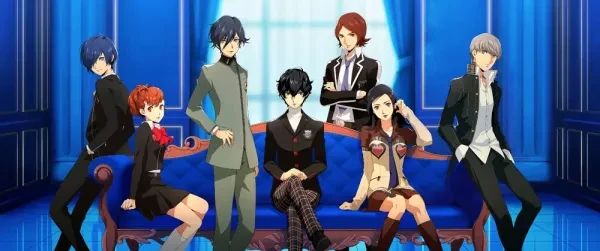
Persona has been a popular run of titles since its inaugural entry to the series. This is mostly thanks to the developers at Atlus, who have a long-running track record of fantasy RPG games, including all other series and titles under the Megami Tensei name, that has been running since 1987.
Megami Tensei and its spin-offs, including the Persona titles, have characters and themes that run throughout, mostly with a focus on the occult, demonology, mythology, religion; and most have a contemporary Japanese setting, which really differentiates the games from other traditional fantasy RPGs. Games in the Persona series often follow a group of young people in a sort of coming of age tale that runs alongside fantasy and adventure.
The Persona series includes some of the most highly regarded RPGs of all time, as well as spin-offs and re-releases that feature brand new characters and storylines. Obviously, some of the titles in the series are better than others, and this article aims to place these in order from worst to best. Some of the criteria that this could be based on is subjective, so this article will limit criteria to be as objective as possible.
Criteria include; popularity and response from audiences, replayability, storyline, characters, and gameplay.
1. Revelations: Persona - PS1 - 1996 (Below Average)

Revelations: Persona was the name given to the first Shin Megami Tensei Persona spin-off game in the west, and it was released on PlayStation in 1996. This was just a few months before the release of Final Fantasy VII, which obviously put it at a disadvantage in the fight for longstanding players and fans, but the uniqueness of Persona helped give it a cult following. Thankfully, Atlus recognised what fans loved about the game, and kept the themes running through the series, giving it the power it has today.
Revelations: Persona takes place in a contemporary Japanese town, with a school, a mix of characters with various backstories, and an overpowering enemy that must be defeated. There are actually two separate enemies that the player needs their Persona powers for, and they must choose which route to take during their playthrough. The main storyline sees the characters take on the local branch of an energy supplier… sound familiar? However, the alternative story is based on theatrics, and is almost more of a side mission. It’s an interesting and innovative way of telling a bigger story, but with the limitations of PlayStation hardware. Above all, these storylines mean better replayability.
The game introduced the recognisable themes and atmosphere that the series would come to be known for. These include having a group of young people discovering their inner powers, all of which can be great analogies on the real world. I always suggest that Persona is like The Breakfast Club meets Pokémon to those who want an idea of what Persona is.
In particular, the sound design in Revelations: Persona helps create the uneasy, creepy mystery of the whole thing, and the dungeons are dark and spooky. The demons and monsters you face would rival Resident Evil for body horror, and the character’s motivations are complex and grown-up. This was Atlus USA’s first localisation, and it shows. The game was rated E initially, meaning that it was recommended for any audience. Considering the adult themes, violence, and gore, this was a mistake. The translation was difficult, as there were many references to Japanese history and culture that would not have been well understood by westerners, and so the second story path was completely removed from the English version. This hampers the enjoyment somewhat, as the game feels incomplete and disjointed.
Despite the interesting and unique gameplay and setting, Revelations: Persona was completely shadowed by Final Fantasy VII, and there’s good reason. The story is complicated and confusing a lot of the time. The exposition leaves you somewhat unsatisfied, as plot points are tethered together tenuously. The strained translation does nothing to help this either. The gameplay elements are difficult for RPG players to get their head around, and these have all been streamlined in subsequent titles. It’s a difficult game to complete, and a lot of time and thought needs to be put into progression and boss fights.
It’s a game that challenged the RPG norm, and gained dedicated fans, albeit less that other titles in the series, and it is lucky that it did as well as it did, otherwise the franchise may never have continued. Even with this in mind, it’s a difficult play through, and the re-release on PSP is probably better to try if you really want to. Most Persona fans, including myself, will put this one at the bottom of the list - not because it’s bad, but because it’s not polished, unlike later games.
2. Shin Megami Tensei: Persona - PSP - 2009 (Below Average)

Shin Megami Tensei: Persona trailer
In this re-released version of the first game, the localisation of Persona has been sharpened up, and a few things have been retconned, due to fan demand. Some of the characters have changed, as has the dialogue. Most of it was re-written to help with the confusion over the convoluted storyline, but there are some lines that remain unchanged, due to their iconic stature in the communities.
There are obvious updates in graphics and UI/menu systems, and clearly more time and resources were available to get this done right. The rating is appropriately T, and the alternate storyline option is now accessible in full.
However, the things that turned players off remain in this re-master. It’s still very difficult, and clunky, and many of the Persona tropes and gameplay elements are not established in this first title. It’s Persona in that we have a silent protagonist, a gang of very individual characters, and the awakening to a supernatural power that can help save the world from gods and demons getting too greedy, but it feels rather empty in comparison to later games. The hardware didn’t allow for much more than what we have, and fans are crying out for a full remake, but all things considered it is the weakest entry in the series.
3. Shin Megami Tensei: Persona 2 – Innocent Sin - PSP - 2011 (OK)

Shin Megami Tensei: Persona 2 - Innocent Sin trailer
This was the western release of Persona 2 on PSP. The original was on the PlayStation, and released in 1999, but this was only in Japan. Persona 2 did not get a localised version for western audiences, despite the following that the original gained a few years previous.
There were a few possible reasons for this. The most diplomatic is that Atlus did not have the resources to dedicate, and didn’t want a repeat of the difficulties it faced in the localisation of the first title. However, Persona 2 contains many references to Japanese culture - in fact kotodama is a key theme throughout the game. Kotodama is the concept of words having effect over physical and spiritual things, and the entire base of the fantastic story of Persona 2 is that rumours are starting to come true. Atlus felt that these themes and concepts may be too “foreign” for players. There was also the concern over references to Nazi culture, and Adolf Hitler, and things like that always come with controversy. Short of taking out a massive plot point, which would have taken longer, there was no way around this and Atlus determined that it wasn’t worth the difficulty. This is often why Persona spin-offs and merchandise highlight P3-P5 more than the first two, as the characters and themes are more widely recognised around the world.
Of course, the series already had western fans, even though they technically only had access to one game out of the entire Shin Megami Tensei franchise, and these people were the ones interested in the Japanese setting, with its cultural references and concepts. This was in the early internet days, and forums were a great way for people to discuss the games, and even find ways of watching or playing the game. Fans called for a release for years, and finally they were granted their wish, over 10 years later - not before a fan-made localisation had been made available in 2008, however.
The PSP remake has a brand new opening scene, one that would set the unmistakable Persona opening scene aesthetic for the rest of the series - presented like an anime series rather than a video game. It also adds options for a new soundtrack, better gameplay, improved artwork, and remastered voice overs.
Set in a fictional city that is similar to Yokohama, Persona 2 tells a story of a quiet protagonist who awakens to a power, alongside some of his schoolmates, and is guided on how to use them and why by an otherworldly being. The collective unconscious is manifesting rumours into reality, and the balance between the natural and supernatural worlds needs to be restored. As with any RPG like this, there is a load of exposition and extra subplots going on, but this entry remains the only one to allow you to romantically pursue someone of the same gender, and fans have asked for this option to return ever since. It also introduced many of the mechanics players of later games will recognise - including safe rooms and blank skill cards.
The reason this title is so low on the list is again down to limitations. Whilst this was a much-improved second entry, and even more so as a remake on the PSP, there are a lot of pacing issues in dungeons, and boss battles feel very tanky, without much else to say about them. A lot of the mechanics would be considered to be outdated to most gamers, but if you’re into retro, then it’s a great challenge. The other thing that holds this back is that it can be rather repetitive, and there’s a lack of motivation for exploration.
4. Persona 2: Eternal Punishment - PS1 - 2000 (OK)

Persona 2: Eternal Punishment PS1 opening movie
Set a few months after the events of Persona 2, this is the first direct sequel to a Persona game, and there are more links to the overall franchise too. Characters from the first Persona game actually feature in this one, and firmly establishes the Persona universe - meaning that each game in the series takes place in the same world. Look out for easter eggs in other games!
This sequel explores the idea of an alternate timeline, based on the outcomes of events of the first game. It also looks at the overall story from a different perspective - not from a student, and not from a male. Maya is the first female protagonist of a Persona game, and is not the last - though fans are always keen to ask for more feminine angles, as the writers seem to write female characters well, on the whole.
The gameplay is improved from its predecessor, as the developers took on feedback about the Rumor system, and the battle screen gets a big upgrade to play more closely to the subsequent most popular Persona 3, 4, and 5.
However, there are a lot of parts of this game that are dated, and the storyline is hard to keep up with. The negative points that our previous entries suffer from are carried over too. The game is hard, and slow-paced; it seems to take an age for the story to advance, and once it does, it’s confusing and hard to remember what’s come before. The characters struggle to relate as well to the audience as future ones do, but this is down to the lack of space - something that becomes far more of an integrated mechanic in the next numbered title. However, it is another dark and moody game that is ever-loved by many Persona fans. Eternal Punishment did also get a PSP remake, but it came at a time where PSP sales were very much struggling in the west. The decision to localise a remake was pulled, and the PlayStation original has since been added to the PlayStation Network for download. A fan localisation of the PSP remake does exist, however, and was released in 2022.
5. Persona 5: Dancing in Starlight - PS4 and Vita - 2018 (OK)

Persona 5: Dancing in Starlight trailer
Announced and released alongside other spin-off games that capitalised on the worldwide popularity of Persona 5, Dancing in Starlight is a rhythm game based on the characters and songs from the aforementioned juggernaut RPG. It was inevitable that this sort of success should spawn as much merchandise and cash-in as possible, and some of it needed to fall slightly flat.
Set during a dream, the Phantom Thieves are whisked away to the Velvet Room’s Club Velvet to compete in a dance competition against the protagonist and their friends from Persona 3. There is no crossover between the characters, and they are largely unaware of why they are in this dream together. However, each character takes on the challenge of dancing to their own tracks, and meeting up for debriefs and quality time in between.
The gameplay mechanics are very simple, but it responds well, and the colour pallets and graphics are really pleasing to the eye. The remixes of the tracks often lack depth and sound monotonous. However, there are a couple of them that really shine and set the hairs standing - most notably tofubeats’ remix of With the Stars and Us (or Hoshi To Bokura To). All the Morgana feels.
The game improved on some aspects of the original Persona rhythm game - Persona 4: Dancing All Night - as the graphics and animations were much more fluid and realistic. The dancers that some of the moves were taken from were involved in promo and performances in Japan all through the Persona 5 craze, and you can see some of their action if you look up P-Sound Bomb from 2017, which is the bi-annual Persona arena gig, featuring live performances of songs from across the franchise. You can see the individualism and character traits that were carefully crafted in the choreography, and it’s charming. However, some of these characteristics are very cringey, so you need to look at it through disco-framed glasses. It’s stupid fun, and a solid rhythm game. The story doesn’t have much depth, being a spin-off, but the lines between the characters reveal more about each of them and what their interests are, which is good fanservice.
6. Persona 3: Dancing in Moonlight - PS4 and Vita - 2018 (OK)

Persona 3: Dancing in Moonllight trailer
Dancing in Moonlight was developed and released alongside Persona 5: Dancing in Starlight, so both are very similar in terms of positives and negatives. The story is the same - the crew are brought together in the Velvet Room by Elizabeth, whilst they are in a dream. Dances are lined up for each character, with some rewards for combos in the form of Fevers, where another character joins in to help out and have fun. In between dances, characters wander around the Velvet Room and chat about their experience, and divulge a little more information about themselves. It’s all very protective of the main game, and whilst it’s canon, you don’t need to know any of it in order to get a rounded story. Also, as it’s a dream, everyone’s memory of the dance is lost once they wake up.
The games are available to purchase together, and you can get Persona 4: Dancing All Night if you buy the bundle - called the Endless Night Collection - but it seems like another clever way of getting fans to part with their money. The reason I have separated these entries is because although they are essentially a copy paste of each other, the characters and dancing are different, and the connections with the original games are specific to the spin-off you’re playing - they have nothing to do with each other.
I have placed this one slightly higher due to the better variety of songs, and not much else. Persona 3 had a far longer legacy, and despite the immediate popularity of Persona 5, it would have made more sense for the rhythm game to wait until further properties had been released. It would have allowed for a much more interesting and diverse catalogue of songs. Persona 3 had that advantage, what with FES and the portable versions of the game adding new songs to the soundtrack.
7. Persona 4 Arena - PS3 and Xbox 360 - 2012 (OK)

The Arena games have been widely praised as some of the best Persona spin-off titles, as they are well-rounded, interesting, actually follow on and become part of the Persona universe, and involve characters from different games interacting and facing off against each other.
The fictional town of Inaba is the setting of Persona 4, and a few months after the events of Golden, the gang are drawn back into the TV World, after an unexpected advert appears on the Midnight Channel. The Shadow Operatives from Persona 3 are chasing down one of their Anti-Shadow weapons, and are led to the TV world where the two groups clash. There is a fighting tournament taking place in the TV world, organised seemingly by Teddie… As the story progresses, the truth is revealed.
Gameplay is typical of many arcade fighters, and the animation captures the Persona aesthetic. The characters from both games have well developed move sets, and the story is far deeper than it needs to be, but it only improves the experience of playing Arena on a home console. It really is the selling point of both Arena titles. If you’ve ever seen the anime series for Persona 4 (OG), then you might just have some sort of preparation for how wacky and hilarious the script is. It is definitely made for fans of the games, as it contains a lot of nuance and spoilers. It somewhat alienates a heap of potential players, and many would be put off by the presentation and setting if they were not aware of at least some of the story of Persona 4 in particular. That’s what keeps this as an OK entry.
8. Persona 4: Dancing All Night - PSVita - 2015 (Good)

Persona 4: Dancing All Night trailer
Persona 5 is arguably more widely known, but Persona 4 blew the doors wide open for it. A slower burn, the following Persona 4 built for itself allowed for spin-offs to take their time to be crafted well. This includes the rhythm game Dancing All Night. It’s nothing special in terms of gameplay, but the story and script that surround it are strong - so strong that it almost feels like a sequel. It’s not just another chance at seeing the characters together, there’s an actual setting and meaning behind it all, contrary to the P3 and P5 Dancing games.
In this title, Yu and his friends are tasked with helping Rise and her idol career. The gang are sucked into another world that is separate from the TV World, where their fighting powers no longer work. Instead, they must share their bond strength and willpower through the medium of dance. Cheesy? Yes. Fun? Also yes. The story makes sense too, and doesn’t feel tacked on. Despite the silliness and niche of it being a dancing game, any fan of Persona 4 will feel a warmth and nostalgia towards Dancing All Night.
The reason this is lower down on the list than expected perhaps, is due to the lack of gameplay options. The options lie in customising your characters with costumes, and variety is in the soundtrack, which is a collection of well-known tracks from across the Persona 4 timeline, in the form of remixes which make up a great soundtrack by themselves. But, it can lose its charm, and replayability is sorely lacking. Play it once for the laughs, then there’s not much else to be doing. Great fun, though.
9. Persona 4 Arena Ultimax - PS3 and Xbox 360 - 2013 (Good)

Persona 4 Arena Ultimax trailer
Persona 4 Arena was so well received and well linked to the original game that it warranted a sequel. The developers had always wanted to carry on the story, and the success of Arena allowed it to happen. The gameplay doesn’t differ too much, and the setting is very similar. However, new characters are introduced to the roster, and the story is a continuation and completion following on from Arena.
In this story, the overall baddie of both fighting tournaments reveals themselves, and the fights must take place to advance towards defeating them. There is another massive load of exposition and storytelling in between - far more than is expected in a game like this. It’s also loaded with in-jokes and the same sort of wackiness as the previous game, and other spin-offs.
The improvements to the gameplay and balance place it higher than its predecessor, and it’s a firm fan favourite with most Persona 4 players who have tried it.
10. Persona Q: Shadow of the Labyrinth - 3DS - 2014 (Good)
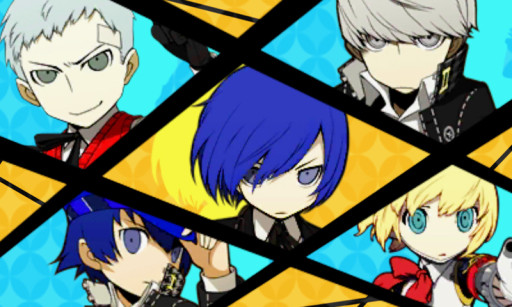
Persona Q: Shadow of the Labyrinth trailer
In this first Q title, the characters of Persona 3 and 4 are once again pulled together, this time to face a series of dungeons that they must fight their way through in order to retrieve treasure essential to saving the memories of two key original characters. Once again, there is more of a focus on Persona 4’s setting in this one, as the school is replicated in the other world. There is no back and forth between the other world and the real world in this title, as the gameplay is focused on dungeon crawling. The gameplay features elements of RPG, but also takes much inspiration from P-Studio’s Etrian Odyssey series. It’s in first-person and plays well on the 3DS thanks to the same development team working on it.
The artstyle and sound design are exquisite, and the Q games have been embraced by Persona fans thanks to these aspects. The story focuses on the new characters for obvious reasons, but the fanservice and fun interactions between the characters from P3 and 4 are enough to sell it, in my opinion.
Persona Q is a great 3DS RPG, and such bang for your buck in comparison to some other IPs released on that console. However, it can suffer with pacing when you find yourself back and forth around the labyrinth, or stuck on a difficult enemy. The options for party members and the resulting interactions between characters is utterly charming, and the soundtrack is brilliant.
11. Persona Q2: New Cinema Labyrinth - 3DS - 2018 (Good)

Persona Q2: New Cinema Labyrinth trailer
In Q2, the story revolves around the characters from Persona 5, and features the female protagonist from Persona 3 Portable, so it changes up the interactions and character development really well. Although characters from across 3, 4 and 5 all feature, having the focus on the current (at the time) fan favourites was a clever move, and Q2 sold extremely well.
The gameplay is very similar to Persona Q, though some improvements have been made to the battle system and the balance of difficulty, though players will come across spikes as they go through. The battle system deserves its own mention for innovation. It’s so different to any Persona game, and it works really well in this genre. Party members can be brought forward or taken back, depending on their skills and need for healing or other support items.
The game clarifies itself as canon in the Persona universe, therefore confirming that PQ is also part of the overall story. There are also no more convoluted and draggy character explanations, and the fan favourite character interactions are even better here. The design is also somewhat improved in aspects of animation, and the audio is still fantastic. The chibi/kawaii choice of character design has been noted as a little off-putting, due to the heavy and adult themes of the game, but I think it makes sense for a handheld title to feature a design choice that reflects its console.
12. Persona 5 Tactica - multi - 2023 (Good)

The Atlus team wanted to use their experience in tactical games (Devil Survivor) to create one based around the Persona 5 Phantom Thieves of Hearts. Feeling that the gameplay of the original and Royal entries leaned well into the tactical genre, the decision to make Tactica was made. It shows off the developers’ skills in this genre, and has the massive selling point of being a Persona 5 tie-in. The story takes place after most of the events of P5 (and Royal), but before the end of it. The tactical elements of gameplay are complemented by RPG mechanics and a large story that relates well to the other stories across P5’s franchise. It’s raw and emotional, and very heavy going for such colourful and uplifting art and sound design.
The team are sucked into a world of various military settings through periods of history that on paper have no links. The link is in the character of Toshiro - a politician who is being manipulated. Players uncover his story as they go, and he’s extremely well-written. There was DLC released on day one, which is a prequel to this title (if you know the original game, then you know why), and features Goro Akechi and Kasumi Yoshizawa teaming up with Joker. This appeases some of the fans, who are always demanding more Akechi, and gives the new Royal character of Yoshizawa some more time to shine.
The gameplay is very solid and enjoyable, but the story stays too close to the themes and developments found across Persona 5 titles. There’s nothing new here, other than some characters, and even their narratives are the same sort of tragic as other Persona 5 roles. However, for fans of Persona 5 it’s a great spin-off, and captures players’ attention throughout.
13. Shin Megami Tensei: Persona 3 - PS2 - 2006 (Great)

Persona 3 created the template for the Persona most players would recognise today. It combines elements of simulation games with the RPG mechanics - with each day passing depending on what the player decides to do, unless key story elements are taking place. It introduces the dynamic level up systems - both for the real world and the world of Shadows. Phases of the moon are still a key plot progression point, much like Persona 2, but this all fits well with the transition from all doom and gloom goth kid occult horror to comic and colour becoming more integrated and influential through the game. I can’t imagine a rhythm game working particularly well for the previous Persona games, but it works for Persona 3, for example. It also introduces the concept of the protagonist being able to wield multiple Personas - contrary to other Persona users - as well as fusions and completing quests for those in the Velvet Room in order to get rewards.
The other key gameplay mechanic that Persona 3 includes for the first time is that of Social Links. This is one of the most important parts of the game, and helps eliminate the pacing and exposition issues of the first three titles. It’s up to the player how they advance their Social Links, and it depends on the perks of that particular relationship, how much time they have, which Personas they like to use, and personal preference on characters that are available to hang out with. There are also negative effects, to the point where some Personas become unavailable if a Social Link has been broken.
Persona 3 takes place in a port city called Tatsumi, which is based on Kobe, on the south coast of the main island of Japan. This allows for a set up for the story - experiments conducted by a corporation have unlocked the Dark Hour. This is an hour between night and day in which the world changes, and Shadows walk around it, hostile to any human who may stumble into it. The protagonist joins a group of Persona users as they battle the Shadows and try to find answers to what is happening.
As mentioned, this game created the full legacy of Persona, and that’s also thanks to the localisation of the game. Instead of trying to explain or change the Japanese, it was actually used as a way of introducing RPG audiences to Japanese culture and daily life. Not only was the gameplay captivating and addictive, the story drove all of it. It was a great evolution from the dark PlayStation games, without alienating the fans. It appeals far more in many ways, and the only thing that keeps it back is the fact that the further versions added so much more. They each get their own entries on this list as they all add to this story. In this original, it feels unfinished and somewhat empty, clearly ready for more to come.
14. Persona 3 FES - PS2 - 2007 (Great)

Credit: Atlus
This version of the groundbreaking Persona 3 includes an epilogue to the cliffhanger ending, and another set of adventures for the SEES team. From the bleak to the hilarious, this is an elevated, director’s cut version of the game, and far surpasses the original release as a result.
The original game itself has some changes - there are added or modified Social Links, more Personas, new events and quests, a change in some environments, and the ability to take Koromaru for walkies.
Interestingly, a version was released in which players could go through the whole game including the new ending, or they could choose to just play the epilogue. This confirmed that FES was its own standalone game, and that the developers cared about their audience’s experience. It could have simply been some DLC, but that would have been a completely different product. This is a “definitive” version of Persona 3, so deserves its own release.
The extra parts and epilogue answer a lot of questions - indeed the epilogue is titled “The Answer” in English. They also allow for further character development and a different perspective through playing as Aigis. I won’t spoil too much about that. The story takes SEES through several doors into various dungeons. They must fight their way through these areas, and are awarded a key at the end. Each of the dungeons is related to one of the SEES members, and we find out more about them through this.
There are several parts which are utterly heartbreaking, and the themes around life and death, and being human, are so well told. We are existential creatures, and it’s so easy to ponder life’s mind-blowing aspects and find yourself living in your head a little too much when in the midst of a Persona game. Make sure to get out and smell the flowers once you finish this one.
15. Persona 5 Strikers - PS4, Switch, Windows - 2020 (Great)

Strikers is easily the best spin-off/sequel to the incomparable Persona 5, and I know there are others who will disagree. Hear me out. It is seriously fun.
It’s beneficial to have played Persona 5 before Strikers, but Persona 5 Royal has no bearing on this story, so if you only have vanilla, it’s all good. I say you should play P5, mostly because the references and characters will be better known to you. The way they interact with each other, they have clearly been friends for a while, and know a lot about each other. There are obviously spoilers, too. It’s not essential, but I’m not sure why you’d be playing Strikers if you weren’t already aware of the glory of Persona 5.
Strikers is a hack and slash, with elements of the RPG mechanics from the original. Keep in mind that this is far from an RPG. There are no Social Links, and no time management system. It’s a Dynasty Warriors game, with a Persona 5 paint job. That doesn’t do justice, but I want to clarify, as some critics don’t like the fact that some of the Persona mechanics are missing.
This story takes place after the events of the Persona 5 timeline (vanilla and Royal), during summer. The crew are back together for a vacation in a camper van, but things don’t quite go to plan. Lavenza brings Joker back to the Velvet Room to say that a world calamity is imminent. She doesn’t know much more than that, and it’s up to the Phantom Thieves to unravel the mystery. Strikers deviates away from the “shitty adults” stuck in their selfish ways, and instead looks towards social media and internet fame as catalysts for ruin. It’s not a deep message, by any stretch, but once again, P-Studio and Atlus handle the themes and issues with empathy and diverse perspectives.
In the same way that the internet is universal, the story takes the Phantom Thieves all over their home country in search of answers and a way to prevent the calamity. They are joined by new friends, and face new foes. Along the way, they still get to enjoy their summer vacation, and see the sights of popular cities in Japan such as Kyoto, Okinawa, and Sapporo. It’s quite the round trip (with Sapporo being in the very north, and Okinawa in the very south of the country), and there’s plenty of time for hanging out and having some bonding time with the crew.
The writing is just as sublime as ever, and the oddness of the Jails (similar to Palaces in the original) feels very tied in. Despite the vast differences in gameplay, this is 100% Persona 5.
16. Persona 3 Portable - PSP - 2009/10 (Great)

I won’t waste much time talking about the story here, as it is essentially the same - but there is one massive difference that gives the entire experience an overhaul. You can choose to play as a female protagonist instead of the male original. It changes the dynamic of many interactions and plot points, and your Velvet Room guide can also be of the opposite sex, and is named Theodore. This choice feeds into the overall theme of the game - your choices can end up shaping the world. Choosing the female protagonist opens up different options for Social Links, with the SEES dog Koromaru even being available as a hang out.
Overall, this version of P3 includes more playable options, but lacks a little in graphical power - being on a handheld console. This version was released before the Persona 2 handheld games, and looks much more as though it was from that era. Persona 3 FES was still very fresh in players’ minds, so this was a very popular PSP title. The Answer is not featured on Persona 3 Portable, but there are some options to play parts of the dungeons featured in FES. There are many updates to this version in terms of battle systems. The player can control each party member, and guarding is now an option. There are also more options for difficulty levels than in previous versions.
This version of Persona 3 is a favourite amongst fans for its feminine influence. The protagonist’s journey isn’t the same, and the interactions with other characters, and the overall world itself differ greatly. The anime cutscenes and 3D environments might be gone - due to limitations of the hardware - but it doesn’t detract from the most customisable version of the game. You really can play it how you want, and there are so many options to put yourself in this world.
17. Persona 3 Reload - multi - 2024 (Great)

Despite Portable having a real hold on me, the remake that was released earlier this year is an outstanding and faithful Persona game, and ties P3 in much closely with its counterparts P4 and P5. The gameplay improvements and mechanics of the later games have been added to P3 here, and it creates the most rounded and fulfilled version of P3 that players can get their hands on.
Although The Answer and optional female protagonist are not included, there are options for the future of this game. DLC featuring The Answer is due to be released at some point, but as of now, the developers have said that the work needed to remake Portable would take too much time and resources that should be dedicated to the next Persona project. Understandable, but I say watch this space. Atlus listens to its fanbase, and often grants wishes.
All aspects of the original game are here, updated and improved. Obviously, there are better graphics and sound, but it goes deeper than that. Aigis gets an overhaul to make her less human and more cybertronic - a plot point in itself. The character models have been proportioned to be closer to P5’s realism, and the lighting is far more responsive. In the way that P5 looked like a graphic novel, P3 has taken some of that and run with it. It’s a USP, and it’s what attracted so many more audiences to the Persona series, so why not make the most of it? This transfers over to the UI and menu systems too, and the recognisable blue theme pops. It’s exciting and very pretty.
There are more things to do outside of dungeons and school, and these directly have an influence on Social Stats and Social Links, which is something that was introduced after the original P3 release. These mechanics are integrated so well into the core game that hasn’t really changed. It didn’t need to, after all. There is also a redone world map, featuring markers, and the camera has been greatly improved when moving around the world. The camera is no longer fixed, and is in third-person - much like P4 and P5.
The improvements and reworked parts of the game - which is all of it other than the settings and core story - help this revolutionary title stand side by side with Persona 4 and 5, and opens it up for new players who missed it the first time around. It feels like part of a series, and crossover easter eggs or cameos no longer feel shoehorned in. It’s a lovingly recreated piece of art, and one that all Persona fans old and new should play.
18. Shin Megami Tensei: Persona 4 - PS2 - 2008 (Best)

Credit: Atlus
If you’ve skipped ahead to see what the top 3 games are in order, then you may well have a furrowed brow, but all shall become clear once you read my reasoning for each of the top 3 games. If you’ve played vanilla Persona 4 then you may well agree. Or very much disagree. Which Persona title surpasses all others is a debate that will undoubtedly rage on for decades - in much the same way as other well established game series. It’s part of the magic of video games, after all. But down to the analysis.
Persona 4 combines all the elements and mechanics learned from the first game to P3 FES and adds such an interesting and enthralling Twin Peaks storyline that it’s nigh impossible to put down. Everything is leading to the next plot twist, and they are all so satisfying and well-timed that you’re left wishing it would never end.
Beginning with the arrival of the protagonist to a small town surrounded by countryside, Persona 4 starts the player on a journey of intrigue, as strange deaths and tales of supernatural TV shows immediately put the player in mind of a TV drama series or murder mystery novel. As the protagonist wonders what’s next around the corner, he must also navigate daily teenage life. Making friends and hanging around at the cafe, going to school, getting a part time job - all of these are essential gameplay mechanics that the player must prioritise according to needs and preferences. Meanwhile, it turns out that the supernatural force in the TV needs a Persona user to combat the evil doings, so balancing that on top of all of the above? It’s a lot to ask of a 16 year-old.
The themes of the game include folklore, rumour, and gossip. All of which often block or twist the truth. The teenage Persona users are not drawn into this small town mentality, and are therefore far more objective and realistic about what might be happening, and who might be behind it. The storytelling is so good in Persona 4, I can’t really explain it. The symmetry of carefree, young, ambitious, funny, caring teenagers and monstrous, upsetting, disturbing, murderous psyches is pulled off better than any other occasion I can think of. The humour and warmth between the characters is genuine and charming.
Of course, the selling point of this title is the story, but the gameplay is great as well. I will go into more detail in the exploration of Persona 4 Golden, as Golden improves and surpasses vanilla. Hence why it’s higher on the list.
19. Persona 5 - PS3/PS4 - 2016 (Best)
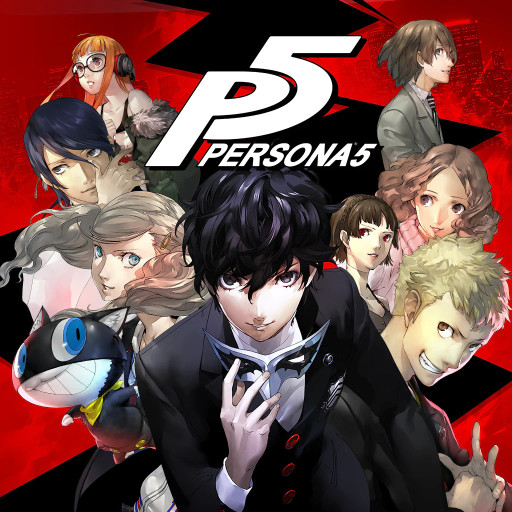
Once in a while, a game in a series comes along at just the right time, with just the right marketing behind it, and usually at a turning point in history. Modern Warfare hit us all in the west at a time where many were disenfranchised with the military and warmongering of its leaders. Final Fantasy VII punched us all in the gut with messages about ecological issues, and inspired us all to take a look outside at what we are destroying here in the real world. Persona 5 gives a voice to an oppressed and ignored generation at a time where world leaders and influencers are taking whatever power and money they can - blatantly and without remorse. It’s a call to revolution, and a sexy one at that.
It’s the first game in the Persona series to take place in contemporary Tokyo, and the first to feature recognisable and realistic landmarks. Many of the places you can travel to are named the same as their real life counterparts, such as Shibuya, Akihabara, and Kanda. This setting already lends itself to be more appealing to audiences outside of Japan, as the names and places are so well-known. It also allows for the fast-paced, metropolitan, action hero aesthetic and design that the game is famous for.
In opposite fashion to the protagonist of Persona 4, this game’s hero comes from a suburb to the big city, after being expelled from his school as he’s been found guilty of a crime he didn’t commit. Injustice is the theme here, and it permeates throughout the game from start to finish, and from within every character you make friends with. It’s up to the protagonist and his friends - The Phantom Thieves - to fly through the city’s shadowy doorways, righting the terrible wrongs committed by those who have too much power, wealth, ignorance, all of the things that corrupt and damage society. They fight for a justice that is often questioned, but the main message of the game is to remember that challenging authority is a right that citizens of free countries have. Although Persona’s series director (Katsura Hashino) has talked at length about how this is a very Japanese game, with commentary on Japanese society, leadership and influence, it’s not hard to translate that over to many other democratic countries - especially given how right wing and left wing policies have become so emphatic and divisive over the last 8-10 years. It’s an angry and frustrated emotional story, and one that so many players can understand and relate to.
Gameplay-wise, Persona 5 is the epitome, though without Persona 4 it wouldn’t have been made the way it is. Battle formation is a mechanic to be utilised, and having a balance of abilities between your chosen party members means a heck of a lot more than in previous titles. The passing of time is full of activities to choose from, and there are many optimal ways to do this on a first playthrough. Persona 5 blew me away the first time, and the characters are my go-to comfort Breakfast Club group of misfits.
20. Persona 5 Royal - multi - 2020 (Best)

After the success of Persona 5 and Atlus’ previous forays into expansions and retellings, it was inevitable that Persona 5 would get the same treatment for the next generation. 2020 was an odd year, of course, and Royal was a most welcome relief for RPG players able to get hold of it. Persona is the highest form of escapism without actually escaping the realities of life. The characters have authentic backstories and motivations, and the settings are understandable. The fantasy in Persona 5 is in becoming a Phantom Thief and being able to see a manifestation of true human ugliness, then kicking its ass.
Royal adds two new Confidants to the game, and they also play key roles in the new storyline, which includes an extra semester of the school year before things must end. It’s possible to miss the ending, so you need to be sure you pay attention to these new characters. Once again, Atlus heard the fans, and added much more of Goro Akechi and his soft-spoken grace. There is a brand new area to explore and spend time in, and many more ways to spend your time and improve stats and links with friends. Kichijoji is full of things to do at various times, including a shrine, stores, a club, and a bar with games to play.
Many of the Social Links have been improved and changed to fit better around the other changes and to make a lot of perks and abilities in battle run smoother and more seamlessly. There are also changes made to scenes, and added context. More characters are fully voiced, and there’s a whole new set of songs that fit easily with others from the P5 universe. Going back to play Persona 5 vanilla after Royal does feel empty and lacking. Royal is the ultimate edition of the story, with or without the new characters. It is far more nuanced and effortless. It ends up feeling like you are truly living the life of the protagonist as there is so much to do, and so many people to talk to.
21. Persona 4 Golden - multi - 2012 (Best)

As I mentioned in the Persona 4 vanilla entry, this story is unrivalled. The reason I put Persona 5 above P4 vanilla is down to the better aesthetic design, and the psychological hedonism of playing P5. It’s so glossy and well-paced. Having said that, the Golden version of P4 elevates and transcends. Improved systems and better script writing mean that it beats my favourite game of all time.
Golden is similar to Royal in that you need to focus on the added Social Links in order to unlock various new endings. Marie is a new character - mysterious and quiet, and Adachi is now available, with his Social Link tying into a couple of the endings. New places have been unlocked as available for daily activities, where they were locked to one or two certain times in vanilla. There are also more things to do, especially in the evenings, and this was one of the most welcome changes. The battle systems have also been added to, and this makes dungeons far more interesting and exciting. There are loads more options for strategic fighting, and animated combos with other teammates, and it makes the whole thing far more dynamic.
The changes to the script and character interactions balance the lighthearted and dreary even better. Each character feels so much more like they would really be friends, and the ways they interact depending on who they’re talking to is so natural. It really captures the things that teenagers go through and think about, and presents them with empathy. There are so many talking points from start to finish, and Persona 4 absolutely shines in this version. It’s well deserving of its praise as being one of the best RPGs of all time.
